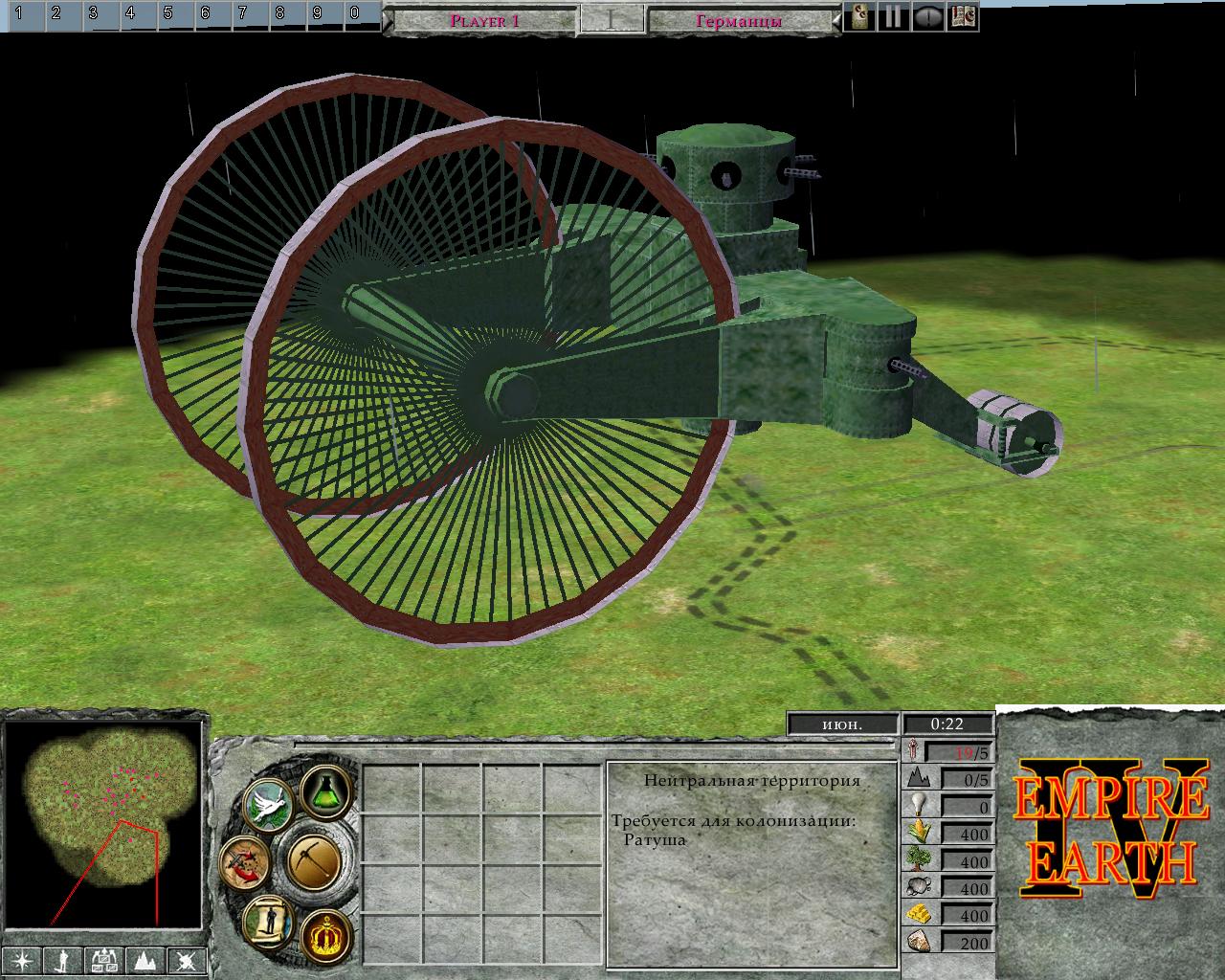
Unfortunately many of these battles will feel like the same fight fought over and over again.

Most of your time will be spent in battle, though, which moves the game to a map for the real-time portion of the game. It is also from this screen that you will advance eras. There are also some empire-wide improvements that can be made, such as building roads to speed movements or improving your espionage capabilities. There's some light diplomacy with the other two civilizations available from the strategic screen, as well as some basic espionage actions. Play on the globe is turn-based, and your turns are spent moving your armies around and attacking new territories. The campaign game is centered on the new strategic mode in which you must build a world-spanning empire by capturing the territories mapped out on a globe of the Earth. In the future era the Middle Eastern civilization picks up some stealthy units, but that's about the extent of the practical difference between the civilizations. In practice the civilizations can be pretty much played in the same manner build a base, create a small army, and then march across the map. The Middle Eastern civilization is focused on mobility and hit and run tactics. The Far Eastern civilization is designed to mass produce cheaper units and emphasize overwhelming their opponents with superior numbers. The Western civilization features a focus on technology and more expensive but higher quality units. In its place are just three civilizations, Western, Middle Eastern, and Far Eastern. The world-spanning collection of civilizations each with their unique combination of bonuses is gone. Change isn't necessarily a bad thing, though, so let's see if Empire Earth III is a revolutionary change for the better or if the developers broke something that just needed a little fixing.

Empire Earth has received such an overhaul in Empire Earth III that the game is more of a new game than a sequel. The historical campaigns are gone as well, replaced by a turn-based strategic world domination mode reminiscent of that used in Rise of Nations. The series' trademark signature of eras that span the whole of human history has been condensed to just five, and you can advance through them a lot faster than in previous games.

Gone are the myriad of civilizations, replaced by three civilization archetypes. If you're at all familiar with the Empire Earth games, you may be surprised to find that Empire Earth III will be all but unrecognizable to you.


 0 kommentar(er)
0 kommentar(er)
